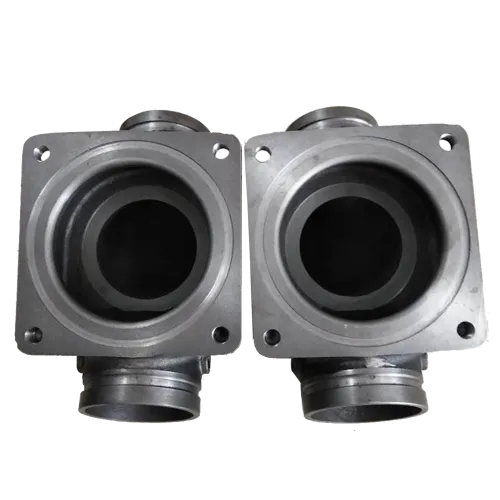Mobile:+86-311-808-126-83
Email:info@ydcastings.com
impeller and turbine
Impellers and Turbines The Power behind Fluid Dynamics
In the realm of engineering and fluid dynamics, impellers and turbines play crucial roles in the efficient conversion of energy. Both are essential components found in various applications ranging from water pumps to jet engines, and while they may seem similar, they serve distinct functions and operate based on different principles.
Understanding Impellers
An impeller is a rotating component that is designed to move fluids through a system. Typically found in centrifugal pumps, the primary function of an impeller is to transfer kinetic energy to the fluid, increasing its velocity and pressure. The design of an impeller usually consists of a set of blades mounted on a rotating hub. When the impeller spins, the blades push the fluid outward from the center, creating a centrifugal force that propels the fluid to the discharge area of the pump.
Impellers can vary significantly in design based on the specific application they are intended for. For example, an open impeller design with exposed blades may be used in applications involving slurries or fluids with solids, as it allows for easier passage of particulates. In contrast, closed impellers, with blades that are enclosed within a shroud, are often employed in applications requiring higher efficiencies and better pressure generation.
Exploring Turbines
On the other hand, turbines are devices that convert fluid energy into mechanical energy. They typically operate in two main configurations impulse turbines and reaction turbines. Impulse turbines work based on the principle of converting the potential energy of a high-speed jet of fluid into rotational energy. In contrast, reaction turbines rely on the pressure drop of the fluid as it passes through the blades to generate rotation.
impeller and turbine

Turbines are commonly used in various sectors, including power generation, where they help convert steam, water, or gas into electricity. For instance, in a hydroelectric power plant, the potential energy of falling water is converted into kinetic energy as it strikes the blades of a turbine, causing it to rotate and drive a generator. Similarly, gas turbines use the high-speed flow of combustion gases to rotate the turbine blades, producing electricity in the process.
The Relationship Between Impellers and Turbines
While impellers and turbines serve different roles, they are interconnected in many systems. For instance, in some power systems, a turbine might be used to drive a pump equipped with an impeller. In such setups, the turbine provides the necessary mechanical power to rotate the impeller and move fluids through the system. This integration highlights the importance of both components in achieving efficiency and effectiveness in fluid transport and energy conversion.
When it comes to performance, both impellers and turbines rely heavily on their design and the conditions under which they operate. Factors such as fluid viscosity, temperature, and flow rate influence their efficiency and effectiveness. Engineers continuously strive to improve designs using advanced computational fluid dynamics (CFD) simulations to optimize performance for specific applications and ensure maximum energy conversion.
Conclusion
In conclusion, impellers and turbines are fundamental elements of fluid dynamics, each performing unique yet complementary functions in energy transfer and fluid movement. Understanding their design, operation, and applications is essential for engineers and designers working in various fields, including aerospace, automotive, and energy generation. As technological advancements continue to evolve, the future holds promise for even greater efficiency and innovation in the design of these critical components, ultimately leading to enhanced performance in countless applications.
-
Why Should You Invest in Superior Pump Castings for Your Equipment?NewsJun.09,2025
-
Unlock Performance Potential with Stainless Impellers and Aluminum End CapsNewsJun.09,2025
-
Revolutionize Your Machinery with Superior Cast Iron and Aluminum ComponentsNewsJun.09,2025
-
Revolutionize Fluid Dynamics with Premium Pump ComponentsNewsJun.09,2025
-
Optimizing Industrial Systems with Essential Valve ComponentsNewsJun.09,2025
-
Elevate Grid Efficiency with High-Precision Power CastingsNewsJun.09,2025











